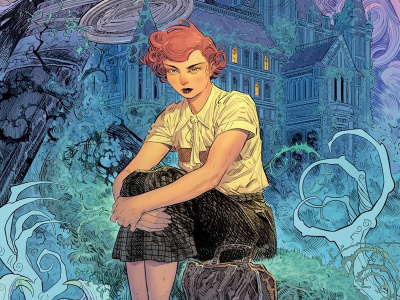If the Supreme Court does uphold these provisions of the law, which prohibit even visual depictions that 'appear to be minors,' it could well spell trouble for comics and animated films, where it is obvious that no children are hurt in the production of the actual work, and where the law's overly broad and vague language could wreak all sorts of havoc in the hands of publicity-hungry prosecutors. Some work of Robert Crumb, for example could become illegal if this law is upheld. The Child Pornography law's draconian punishment, which includes 5 years in prison for just possessing materials deemed pornographic under the law's broad outlines, would certainly have a chilling effect on the adult comics, anime, and video markets. Equally distressing is the fact that the government's case is based on the theory that such materials are dangerous because they inflame the passions and whet the appetite of users who then go on to commit crimes against children. If the court accepts this proposition then we are headed down the slippery slope where violence in the media can be blamed for creating violence in society, etc. The comics industry has been down this logically challenged incline before, in the 1950s, when EC Comics took the fall for the postwar rise in juvenile delinquency.
This case is on the Supreme Court's docket for the fall session. Stay tuned for more details. This one could be important.







